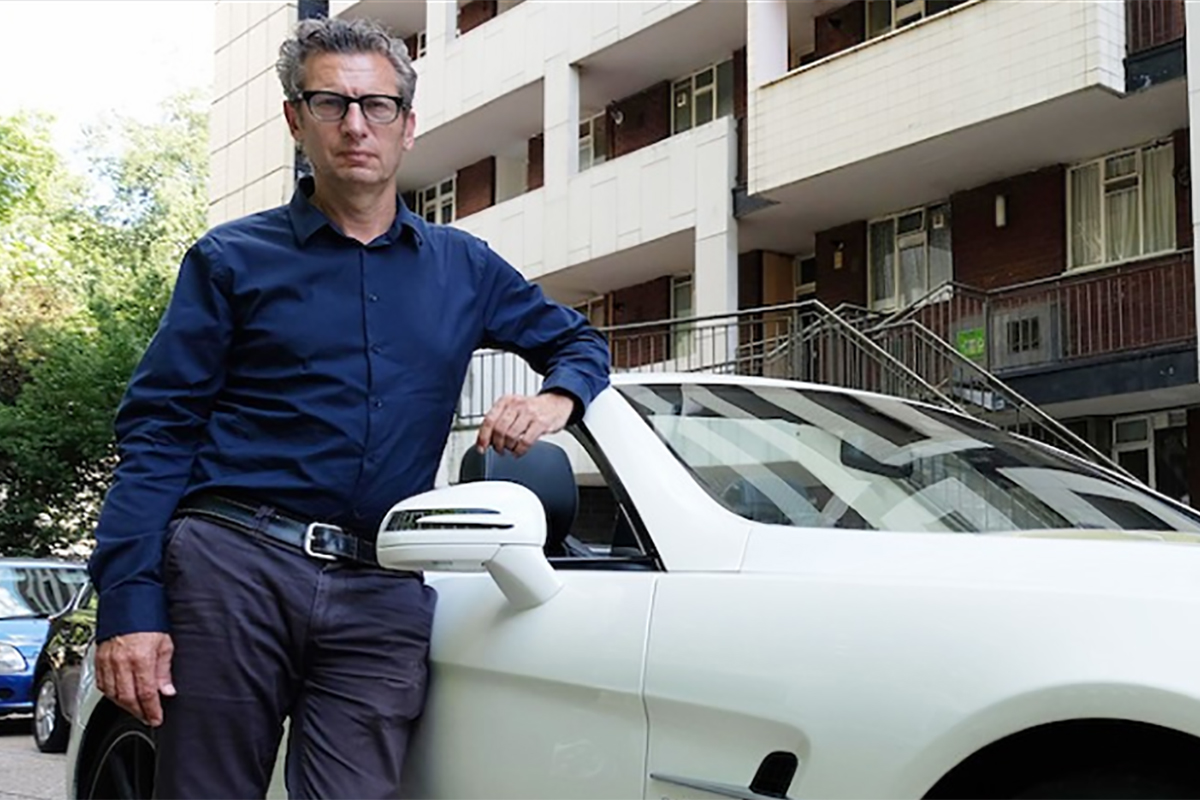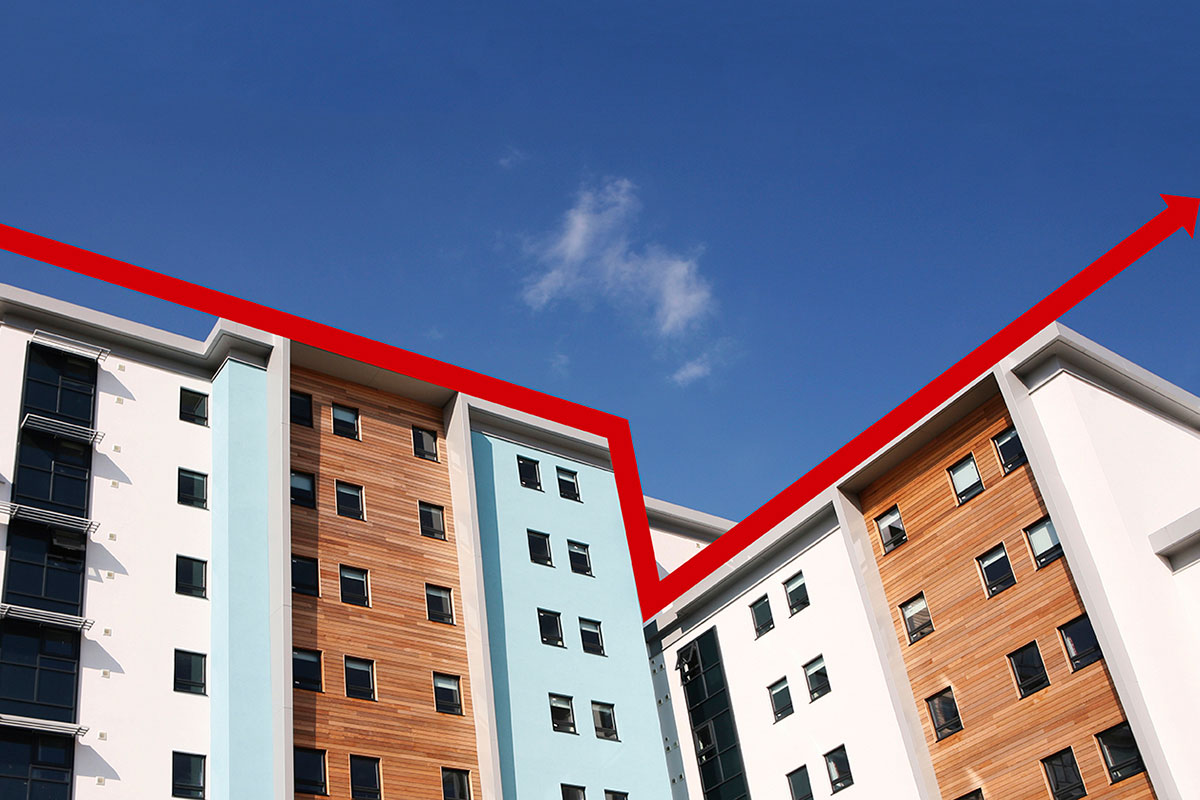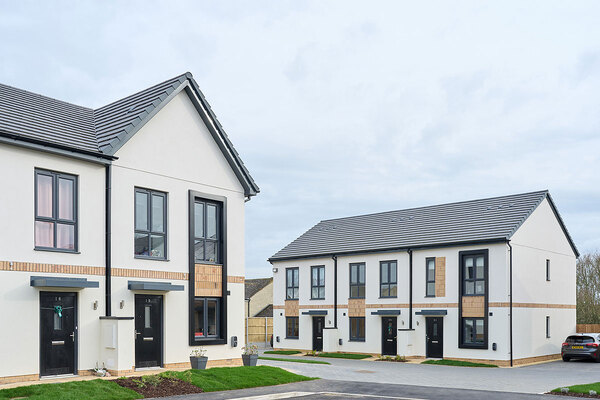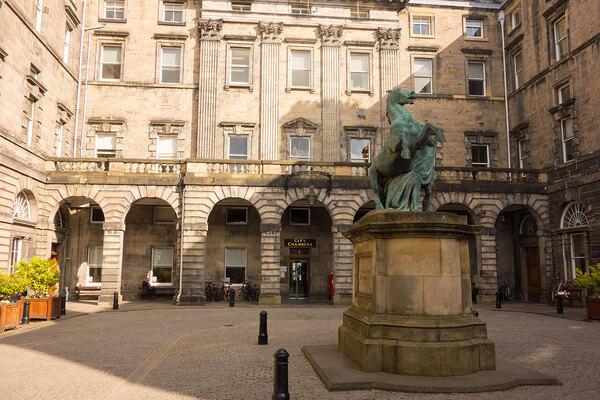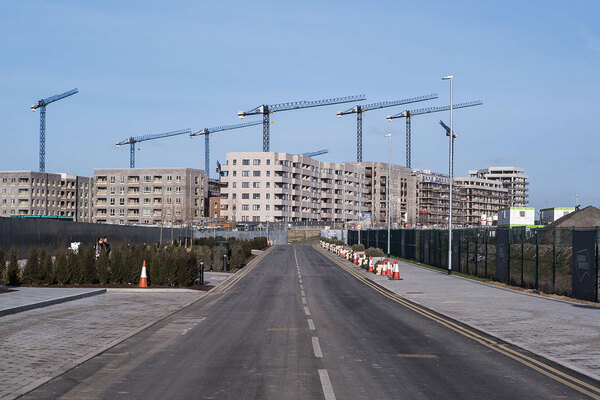Seven problems with last night’s Dispatches programme
Channel 4 last night broadcasted a programme called Getting Rich from the Housing Crisis, raising issues about housing associations’ role, motives and social purpose. The programme was one-sided and simplistic, and failed to mention many key points, Carl Brown finds
Dispatches reporter Antony Barnett (picture: Channel 4)
The latest episode of Channel 4’s Dispatches programme looked at the role of housing associations in the current housing affordability crisis and reduction of social rented homes.
The programme reported on how housing associations are selling off or demolishing social rented homes and replacing them with homes for sale or higher rent, as they become more commercial to drive “profit”. It looked at pay for housing association executives.
The simplistic premise of the programme was that some associations have lost their way and their social purpose, and are instead ‘getting rich’ off the housing crisis.
The programme did tap into long-running valid debates about tenure split, rent levels, executive pay and commerciality but did so in a way that laid all the blame at housing associations’ door and unfairly questioned their motives.
The government, on the other hand, got away scot-free as there was hardly any mention of how various policies have affected the work of housing associations.
Here are seven problems with last night’s programme:
1. No mention that affordable rent was introduced by the government, not housing associations
The programme says that instead of social rented homes, housing associations are building “affordable [rented] homes”. Although there was a brief mention of subsidies being removed for social rented homes, the programme did not make clear that the government from 2010 “expected” housing associations to build new homes for affordable rent as a condition of grants.
Yes, associations could decide not to bid for grants, but choosing not to do everything possible to build homes during a housing supply crisis would arguably be seen as a dereliction of social purpose.
On top of this, the Homes and Communities Agency’s (HCA) grant programmes prospectuses have made it very clear that conversions of existing vacant stock to affordable rent should be “integral to the offer” – meaning the government, through the HCA, was putting pressure on housing associations to convert stock to affordable rent with the understanding that bids would have to include this in order to be successful.
Brian Robson, acting head of policy and research at the Joseph Rowntree Foundation, tweeted the relevant bits last night:
Not specific rent levels, but prospectus very clear they expected conversion of relets to affordable rents, and additional revenue from that pic.twitter.com/GJMz9J0vWH
— Brian Robson (@jrfbrian)Not specific rent levels, but prospectus very clear they expected conversion of relets to affordable rents, and additional revenue from that pic.twitter.com/GJMz9J0vWH
— Brian Robson (@BrianR0bson) July 16, 2018
The government has, of course, indicated a move back towards social rent in its next funding programme.
2. No mention of the impact of funding cuts on housing association balance sheets
The one brief mention of the government cut to social housing grant is followed by the presenter saying: “Yet in the past five years, the top 30 associations have made £13bn in operating profit.”
The programme contained no real explanation of how the funding cuts were a big part of the reason for this increase in surpluses.
The programme mentioned that some associations have changed and are acting more “like commercial property developers” but without mentioning that the funding environment has changed drastically.
Grant rates per unit were often around 75% per unit in the 1990s, before falling to 41% before 2010 and then further to just 23% in the 2011/15 Affordable Homes Programme.
Associations, as we know, have inevitably had to come up with ways of leveraging their own balance sheet and much of this will of course be through more commercial activity and building more for sale.
According to the English regulator’s global accounts of the largest housing associations, the sector invested £7.9bn in new or existing sub-market rented properties last year and this would not be possible without commercial activity, including a surplus of £1.4bn from homes built for sale.
3. No mention of the rent cut
The programme touched very briefly on concerns about the maintenance of properties and in particular whether tenants are getting good value from their service charges.
Although it isn’t clear whether the rent cut was a factor in the specific examples given in the programme, it would surely have been fair to point out housing associations have had to reduce their rental income by 1% a year over four years.
This has led them to make difficult decisions about spending on maintenance and that subsequently the largest reduction in spend last year for housing associations was on major repairs. Inside Housing has also reported that social landlords are looking to increase service charges to plug funding holes due to the rent cut.
4. No mention of Right to Buy
We were told in the programme that 100,000 social rented homes have “gone” in the past five years. It is not immediately clear where this figure is from.
The Chartered Institute of Housing has calculated that 150,614 social rented homes were lost between 2012 and 2017. However, two-thirds of these were local authority homes, which should have been spelt out in the context of a programme focused exclusively on housing associations.
A good chunk of these homes would also have been lost due to the Right to Buy. Government figures show 54,919 council homes were sold off under the Right to Buy scheme between 2012 and 2017.
It is poor journalism to talk about the loss of social rented homes over the past few years without mentioning Right to Buy, and it is misleading in the context of a critique of housing associations.
5. Conflating of surplus/profit
“In the past five years, the top 30 associations have made £13bn in operating profit, or what they call ‘surpluses’.” The insinuation here is that housing associations use the term ‘surplus’ to try and hide the fact they make profit.
This is to fit the programme’s core narrative that housing associations are the ‘new kids on the block’ slyly trying to get rich from the housing crisis.
But language here is very important. As we know, housing associations are non-profit, which means surpluses are reinvested rather than paid out as dividends to shareholders. The Regulator of Social Housing’s global accounts for 2017 shows that capital expenditure in 2017 was more than double the £3.5bn underlying surplus generated.
As Bromford’s Philippa Jones argues eloquently here, generating surpluses to create working capital for investment reduces the need for housing associations to borrow, lowering interest costs and enabling them to carry out far more activity than they would if they merely relied on grant and debt.
Healthy surpluses also maintain the confidence of bank lenders and investors, as Circle Housing points out here.
Given that the surplus is just a deduction of costs and expenses from revenues generated (turnover), the alternative to not having a surplus is to try and break even, which is obviously risky.
6. Housing associations do not just build and manage homes
Education, helping people into work, debt advice, homelessness prevention, working with the health service, community activities… etc, etc, etc.
The list of activities that housing associations do over and above the core business of maintaining homes is endless.
The Dispatches programme did not mention any of this at all.
Even worse, it lumped housing associations in with private developers and landlords seeking to cash in on the housing shortage for profit.
7. The prime minister’s salary
One of the laziest pieces of journalism in the programme was using the prime minister’s salary of £152,000 as a benchmark and noting that 179 housing association executives earn more than this figure.
This has long been used as a benchmark for stories about excessive pay in various sectors. It doesn’t really need to be said that the prime minister’s real earning potential – once you factor in future income from memoirs, consultancy work, after-dinner speaking – is much, much higher than this (not to mention the fact the state provides two homes for them to live in).
There is a valid debate to be had about executive pay in the sector but journalists should really look at more useful benchmarks than this to inform the debate.
Related stories
